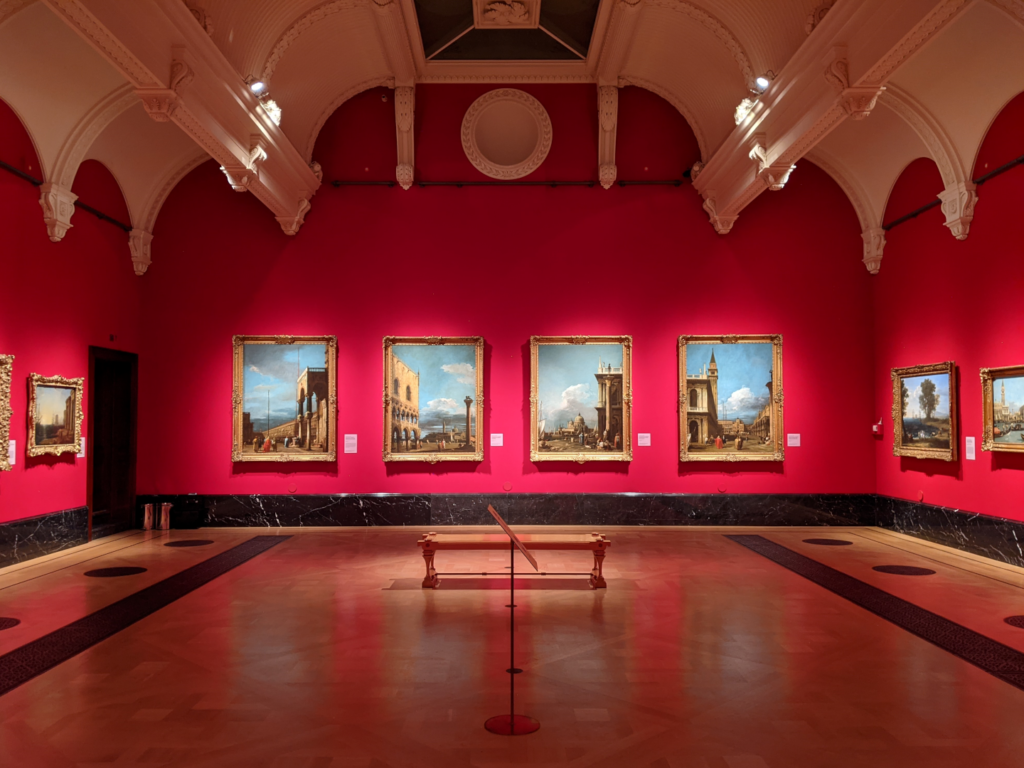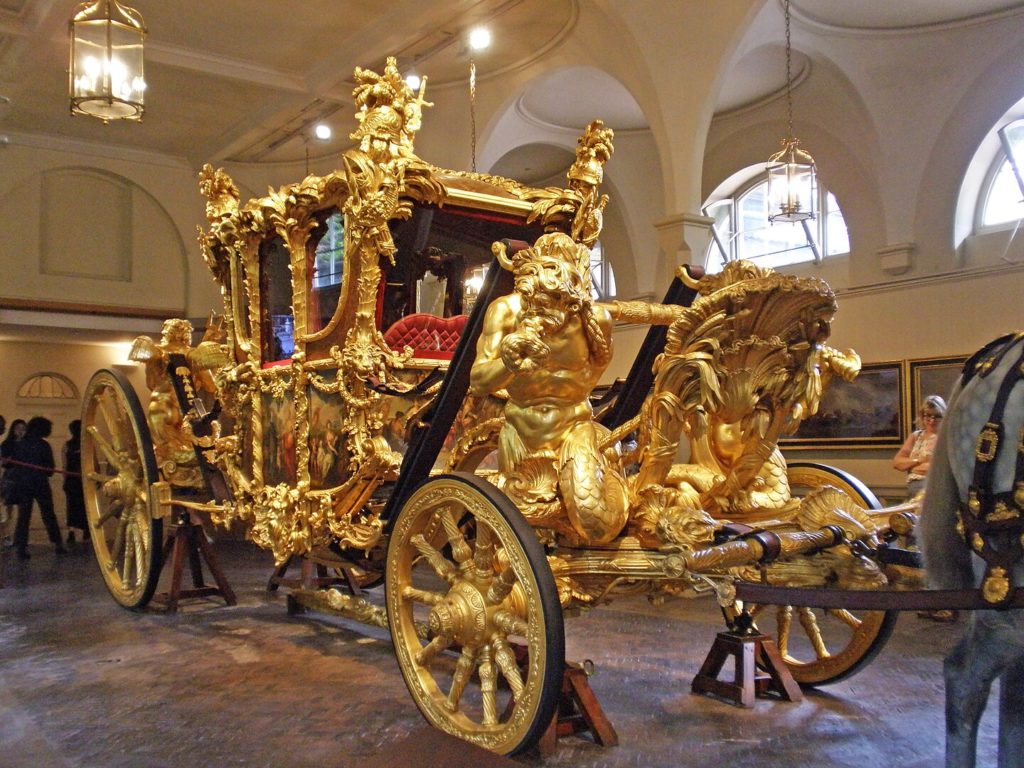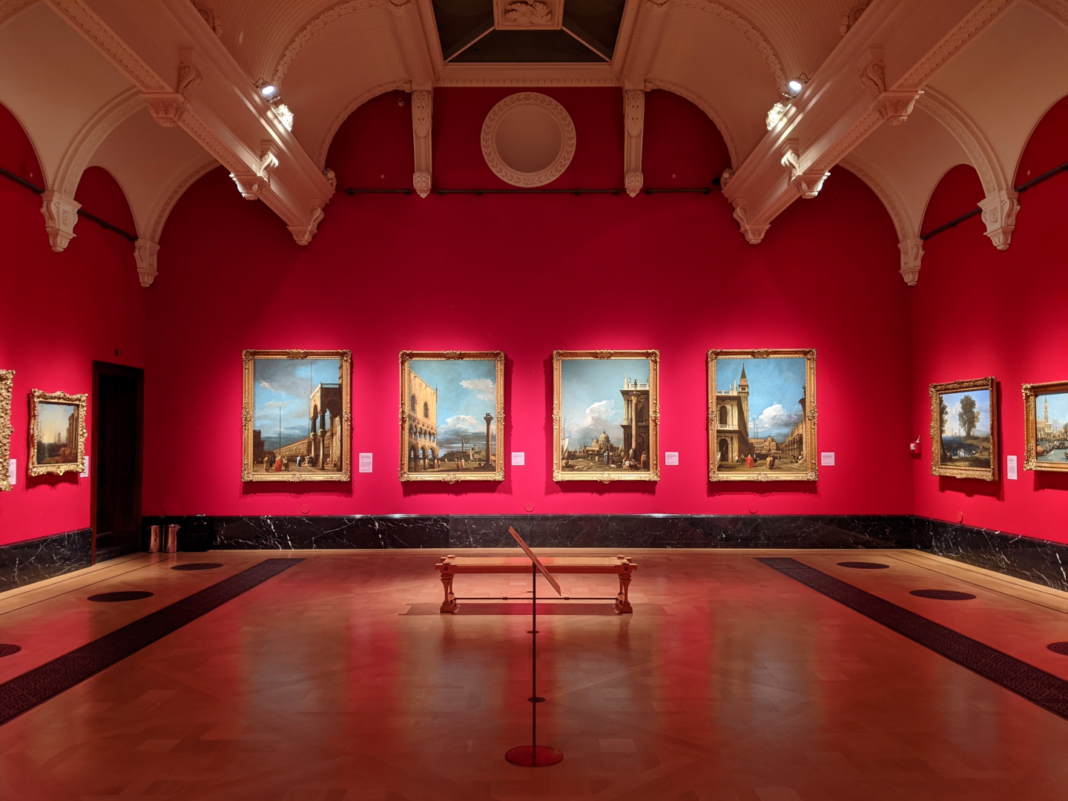The Royal Collection of the British Royal Family is the largest private art collection in the world. It has been amassing works of art for over 500 years. The collection began with Henry VIII, who was a voracious collector of art and artifacts. He acquired paintings, sculptures, tapestries, and other objects from around Europe, and he also commissioned new works from the leading artists of his day.

Spread among 13 occupied and historic royal residences in the United Kingdom, the collection is owned by King Charles III and overseen by the Royal Collection Trust. The British monarch owns some of the collection in the right of the Crown and some as a private individual. It is made up of over one million objects, including 7,000 paintings, over 150,000 works on paper, including 30,000 watercolors and drawings, and about 450,000 photographs, as well as around 700,000 works of art, including tapestries, furniture, ceramics, textiles, carriages, weapons, armor, jewelry, clocks, musical instruments, tableware, plants, manuscripts, books, and sculptures.

Some of the buildings which house the collection, such as Hampton Court Palace, are open to the public and not lived in by the Royal Family, whilst others, such as Windsor Castle and Kensington Palace, are both residences and open to the public. The Queen’s Gallery at Buckingham Palace in London was built specially to exhibit pieces from the collection on a rotating basis. There is a similar art gallery next to the Palace of Holyroodhouse in Edinburgh and a Drawings Gallery at Windsor Castle. The Crown Jewels are on public display in the Jewel House at the Tower of London.
About 3,000 objects are on loan to museums throughout the world, and many others are lent temporarily to exhibitions.
According to the Internet














